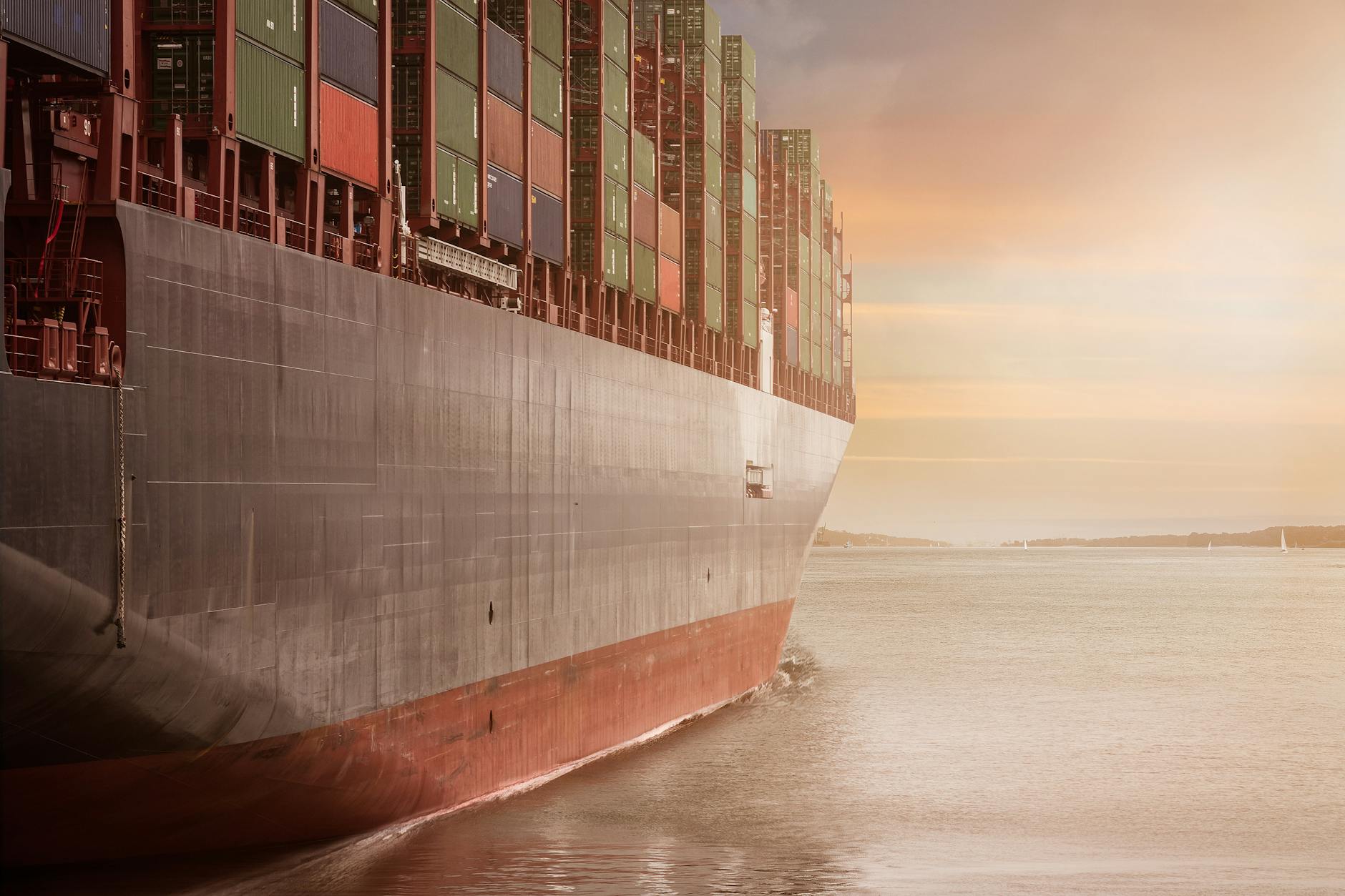- Understanding Container Specifications
- Proper Packaging and Securement
- Compliance with Safety Regulations
- Inspection and Maintenance of Containers
- Secure Loading and Unloading Practices
- Monitoring and Tracking
- Conclusion
The logistics industry plays a crucial role in global trade, and shipping container transport is a key aspect of this sector. Ensuring the safe delivery of cargo through shipping containers requires meticulous planning, adherence to safety regulations, and attention to detail. In this article, we will explore essential tips to guarantee the secure transportation of goods using shipping containers.
Understanding Container Specifications
Before initiating the transport process, it is imperative to have a clear understanding of the specifications of the shipping container being used. Containers come in various sizes, such as 20-foot and 40-foot options, each with different weight capacities and load-bearing capabilities. Ensuring that the cargo fits appropriately within the container and does not exceed weight limitations is essential for safe transport.
Proper Packaging and Securement
One of the fundamental aspects of safe shipping container transport is proper packaging and securement of the cargo. Goods must be packed in a way that prevents shifting during transit, as movement inside the container can lead to damage or accidents. Utilizing appropriate packing materials, such as dunnage bags, pallets, and securing straps, can help stabilize the cargo and minimize the risk of incidents.
Compliance with Safety Regulations
Adhering to safety regulations and industry standards is vital for ensuring the secure delivery of goods via shipping containers. Regulations may vary depending on the mode of transport (sea, air, land) and the specific requirements of the destination country. It is essential to stay up-to-date with relevant regulations and ensure that all necessary permits and documentation are in order before shipment.
Inspection and Maintenance of Containers
Regular inspection and maintenance of shipping containers are critical for safe transport. Containers should be thoroughly examined for structural integrity, including checking for signs of corrosion, dents, or leaks. Properly maintained containers not only ensure the safety of the cargo but also contribute to the efficiency of the transport process by reducing the likelihood of delays due to container issues.
Secure Loading and Unloading Practices
Proper loading and unloading practices are essential for the safe transport of shipping containers. Cargo should be loaded evenly to distribute weight properly and prevent imbalance during transit. Additionally, securing the container onto the transport vehicle or vessel using appropriate lashing techniques is crucial to prevent shifting or tipping during transport.
Monitoring and Tracking
Implementing a robust monitoring and tracking system is essential for ensuring the security and timely delivery of cargo in shipping containers. Utilizing technologies such as GPS tracking devices can provide real-time visibility into the location and condition of the cargo throughout the transport process. Monitoring systems enable quick response to any unforeseen events and help mitigate risks associated with transit.
Conclusion
In conclusion, safe delivery of goods through shipping container transport requires careful planning, adherence to regulations, and systematic execution of best practices. By understanding container specifications, ensuring proper packaging and securement, complying with safety regulations, inspecting and maintaining containers, practicing secure loading and unloading, and implementing monitoring and tracking systems, logistics professionals can optimize the safety and efficiency of cargo transport. Following these essential tips can help mitigate risks and ensure the successful delivery of goods to their intended destinations.


